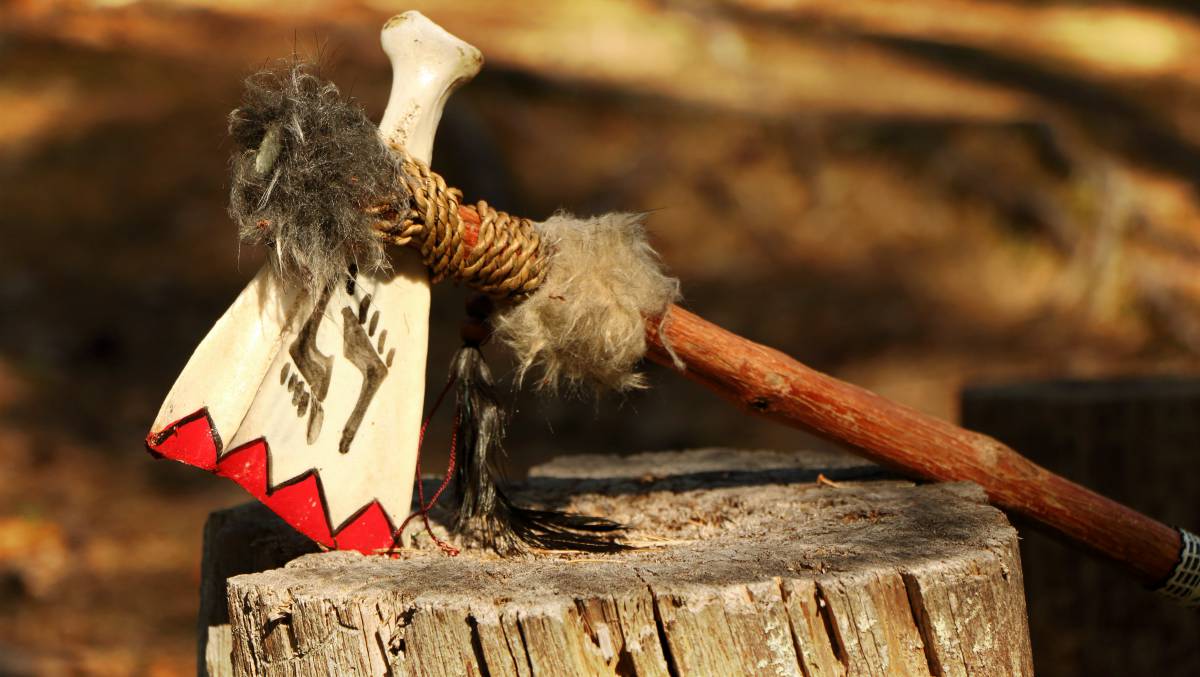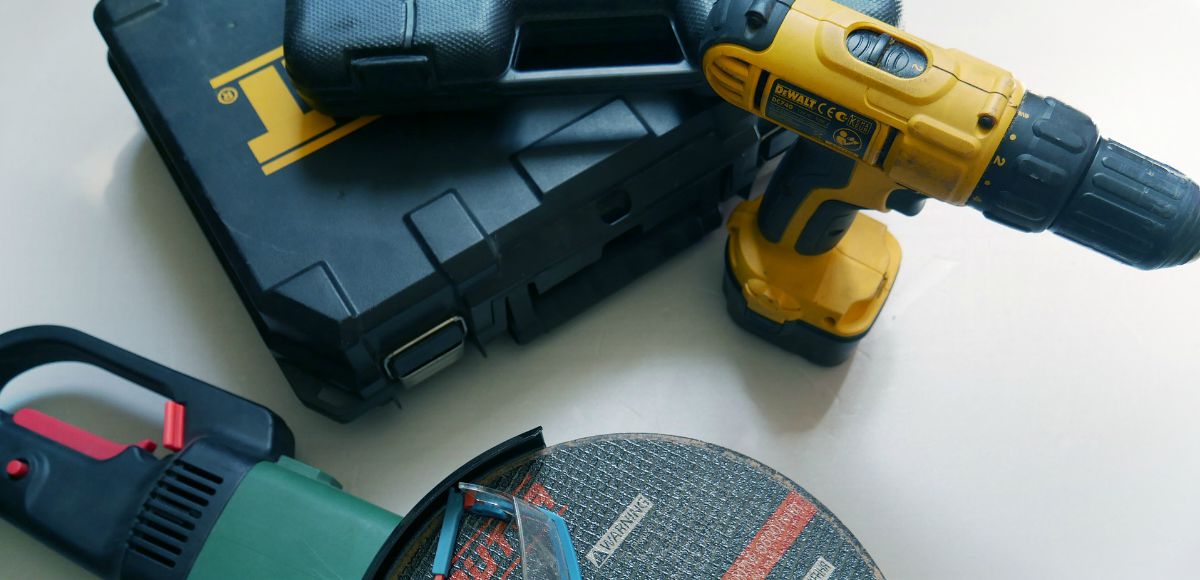Preparing Your INCH Bag Read more on: Total Survival
Find out all about the INCH bag, how to prepare one, and what you need to put in it before an actual need arise!
RELATED: A USGI Sea Bag: The Ideal Vehicle Go Bag For You
In this article:
- INCH Bag or I'm Not Coming Home Bag
- INCH Bag Setup
- Shelter-Building Kit
- Protection and Defense
- Securing Food
- Additional Tools and Equipment
- Personal Need Items
- Other Extra Items
INCH Bag: When Your Bug Out Bag Isn't Enough
INCH Bag or I'm Not Coming Home Bag
I.N.C.H. is an acronym for “I’m Not Coming Home” and differs dramatically from a B.O.B (Bug Out Bag). A Bug Out Bag provides supplies to safely ditch the current location where you may find yourself in for a limited time.
An INCH bag, on the other hand, is set up to provide supplies, tools, and gear for at least three to seven days. An INCH bag is literally the last resort bag previously packed with the understanding, returning home may not be an option.
The first rule of thumb when preparing your INCH bag is to search for a sturdy, well-put-together INCH bag backpack, preferably military-grade. These types of bags are typically made from 500 to 1000 linear Cordura and designed with waterproofing material to prevent moisture inside the bag.
MOLLE webbing on the exterior of the bag also allows the user to add additional supplies and customize essential tools and gear wherever they may be needed. When researching an INCH bag, ensure the webbing is in line with MOLLE/PALS style gear and the bag meets Mil/SPEC requirements.
What Is MOLLE? It is an acronym for Modular Lightweight Load-carrying Equipment. It is a system of webbing where several rows of heavy-duty nylon are stitched onto the vest for reinforcement and allowance for additional pouches and compartments.
INCH Bag Setup
The first items you pack into an INCH bag are the essentials–items difficult to survive and endure without. For example, both hot and cold weather clothing is an essential item in order to anticipate the elements of any terrain.
This also includes gloves, headgear and even rain gear. Include undergarments for additional warmth in the winter months as well as headgear capable of covering the ears.
Another essential item to pack is a fire-starting kit. It includes matches or lighters, but the preferred tool would be a striking kit as they are weatherproof.
Pack lighting items such as glow sticks, flares, and a flashlight, so navigating at night is possible. Regardless of where you reside, bring a map of a region you're in and a compass to help locate your destination.
Shelter-Building Kit
If you're out in nature for more than a day, you will need shelter before it gets dark. If you have a tarp on your INCH bag, it'll be a huge help.
Include cutting tools such as knives, hatchets, or even an ax in your I.N.C.H. bag. These tools will go a long way for chopping wood, providing shelter, and even hunting and preparing meals.
RELATED: Gearing Up For Summer: Can Your Bug Out Bag Take The Heat?
Protection and Defense

Protection and defense aren't just about protecting yourself against potential attackers in a scenario where the rule of law is no more. You can also use these tools to ward off larger predators deep in the woods as well as to hunt for food.
Protection and defense are not only limited to rifles and handguns. Yet, the ultimate I.N.C.H. bag is the one which lets you have a variety of weapon to carry.
Knives, swords, battle axes or tomahawks, pepper spray, and even barbed wire will aid in your defense. You can even set up traps if necessary.
Pepper spray or mace also makes a great scent deterrent in case you need to hide your tracks. Be sure whichever tool you choose for protection and defense, you have plenty of ammunition.
At the very least you should know how to produce your own ammunition and prepare weaponry. The same rule applies to knives, swords, and axes.
You should know how to properly mend and repair these weapons. Keep in mind weapons do not necessarily have to be lethal.
Personally, I keep a pair of barred stainless steel handcuffs in my I.N.C.H. bag in case I may have to place a citizen's arrest or keep a suspicious person alive for whatever reason.
Another great protection and defense tool is camouflage face paint. There is no better weapon than blending into your surroundings.
Face paint takes up little to no room in an I.N.C.H. bag.
Securing Food
When packing food in an I.N.C.H. bag, it is very important to keep the amount of food stored minimum to three days' worth. But, it should not necessarily exceed seven days, either.
Packing more than seven days' worth of food begins to limit the number of other supplies you can pack. When packing food, keep it as lightweight as possible.
Also, be sure to pack food with high carbohydrates and protein. The body will need to store sustenance in case you are forced to go a few days without eating.
A great example of this is both the military and civilian version of M.R.E.'s (Meals Ready to Eat.) Other foods you can pack include canned tuna, beans, bread, and various dried meats.
Instead of packing bottled water, pack a filtration device. This way, you can collect safe drinking water from other sources, and spare weight in an I.N.C.H. bag.
If water sources are scarce, be sure to pack hydration bladders you can attach to the exterior of the bag via MOLLE webbing.
If you anticipate needing to survive more than seven days in an “I'm Not Coming Home” scenario, you will need to know how to forage from the land. Or, at least be sure to pack a book on how to identify plants to forage.
Additional Tools and Equipment

Add sewing kits, weapon cleaning kits, and repair kits to your I.N.C.H. bag. Include small unique tool kits if room allows it (such as screwdrivers, pocket knives, and utility tools).
Add clips, buckles, and straps also in order to repair your I.N.C.H. bag in case of rips, tears, or damage while out trying to relocate to safe shelter.
I myself carry an IFAK (Individual First Aid Kit), a weapon cleaning kit for every caliber weapon I carry (which happens to be a single kit covering 7.62×39, 5.56, .45, and 9mm). Add HAM radio with spare batteries and a solar-powered crank radio which also doubles as a flashlight and emergency weather receiver.
Personal Need Items
There are a few personal items we include in our I.N.C.H. bags, and these vary as our needs differ. For example, women's bag out bags need feminine hygiene products, and the elderly needs to include prescription medication if there is any.
Personally, I myself go the extra mile and include an eyeglass case in my I.N.C.H. bag as I wear both contacts and eyeglasses. However, ensure your eyeglass case is heavy duty and won’t be crushed easily from the weight of outside forces on the bag.
I also keep a second pair of eyeglasses in case the ones I rely on become broken or damaged. I also include heavy-duty wire cutters in case a barrier like a fence or barbed wire needs to be passed through.
Some of the most important items frequently forgotten are pictures of the family including children, significant others, and extended family, as well as the social security numbers of my children and other close family members.
Other Extra Items
Some other extra items to consider keeping in your I.N.C.H. bag include AA and AAA batteries and disposable earplugs. Some OTC drugs like aspirin should also go in with your medial kit on your I.N.C.H. bag.
If it can fit in, toilet paper, body soap, and face soap are also great extras. Finally, socks!
Socks are vital not only to your feet but to your health. As your feet become cold and wet, it may affect your immune system.
Uncomfortable socks mean uncomfortable feet, which means you won't travel as far on foot. So pack two or even three pairs of comfortable socks.
This video from Ezekiels Army will show you his breakdown of an I.N.C.H. bag bug out bag:
With all sorts of emergency bags, packing an emergency bag or a go-bag is a bit confusing. An I.N.C.H. bag, though, is but an upgrade of your bug out bag.
Remember, with an I.N.C.H. bag, there might be no going back so pack what you need and some extras to get through to a new destination, survived–if not unscathed.
What else do you include in your B.O.B. or I.N.C.H. bags? Let us know in the comments section below!
Up Next:
- The Ultimate Bug Out Bag List For Every Survivalist
- Emergency Survival Kit From Everyday Household Items
- 14 Homemade Weapons That Are REALLY Badass [2nd Edition] | Survival Life
For awesome survival gear you can’t make at home, check out the Survival Life Store!
Follow us on Facebook, Instagram, Twitter, Tumblr, and Pinterest!
***Disclaimer: The contents of this article are for informational purposes only. Please read our full disclaimer.***

Editor’s Note: This post was originally published on April 13, 2016, and has been updated for quality and relevancy.
This Article Was First Found at survivallife.com Read The Original Article HereRead More Here: Preparing Your INCH Bag

No comments:
Post a Comment